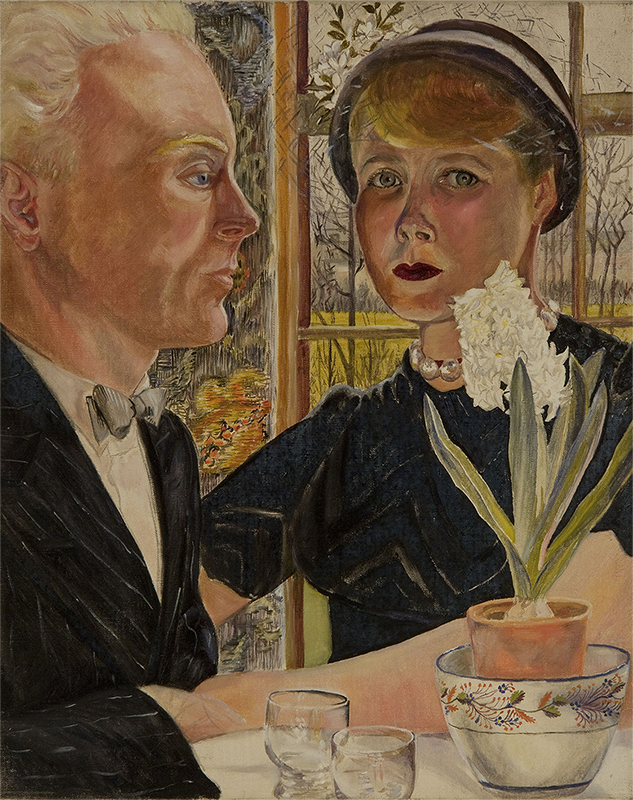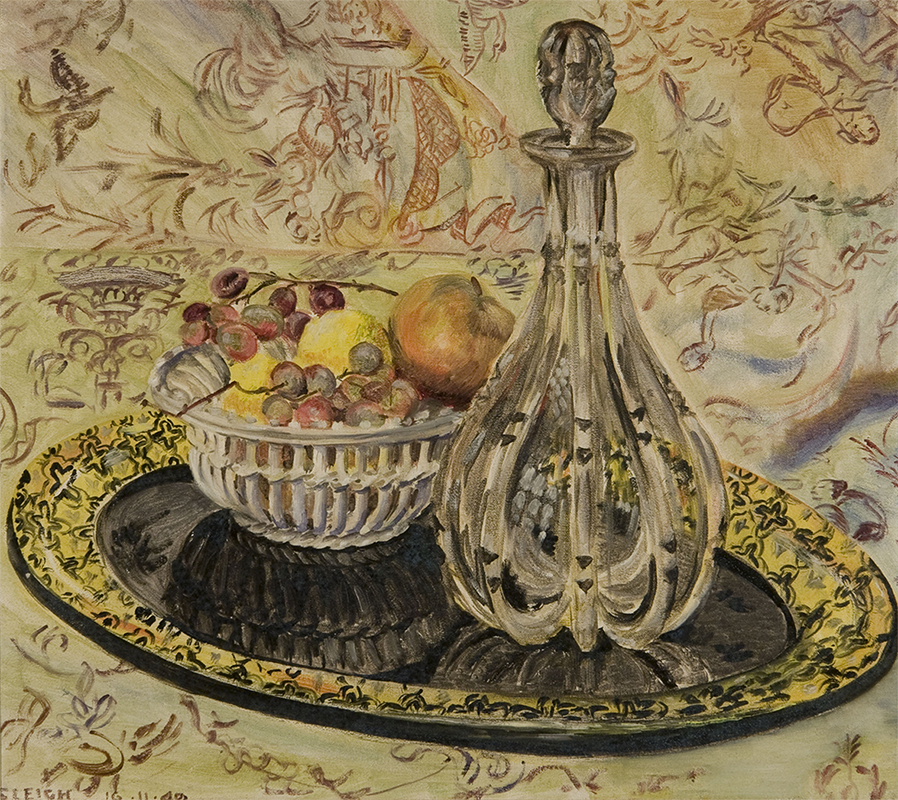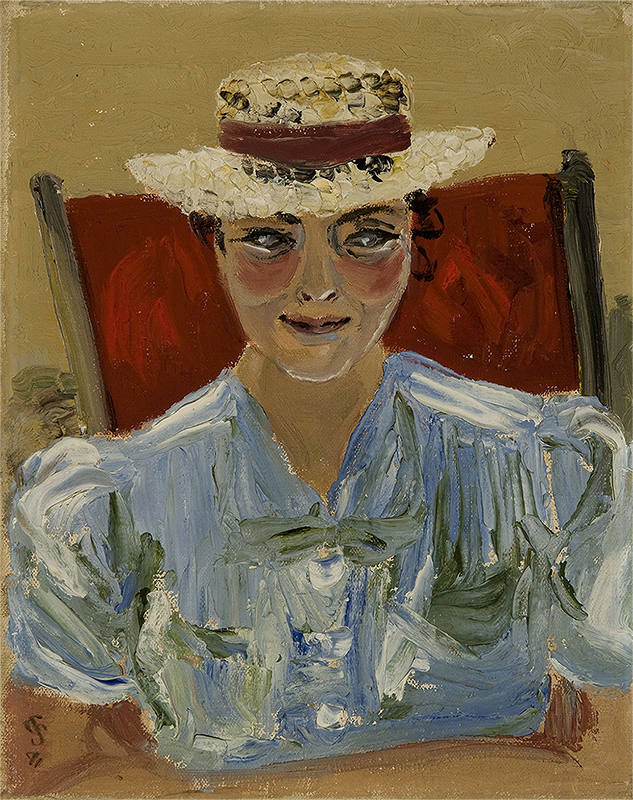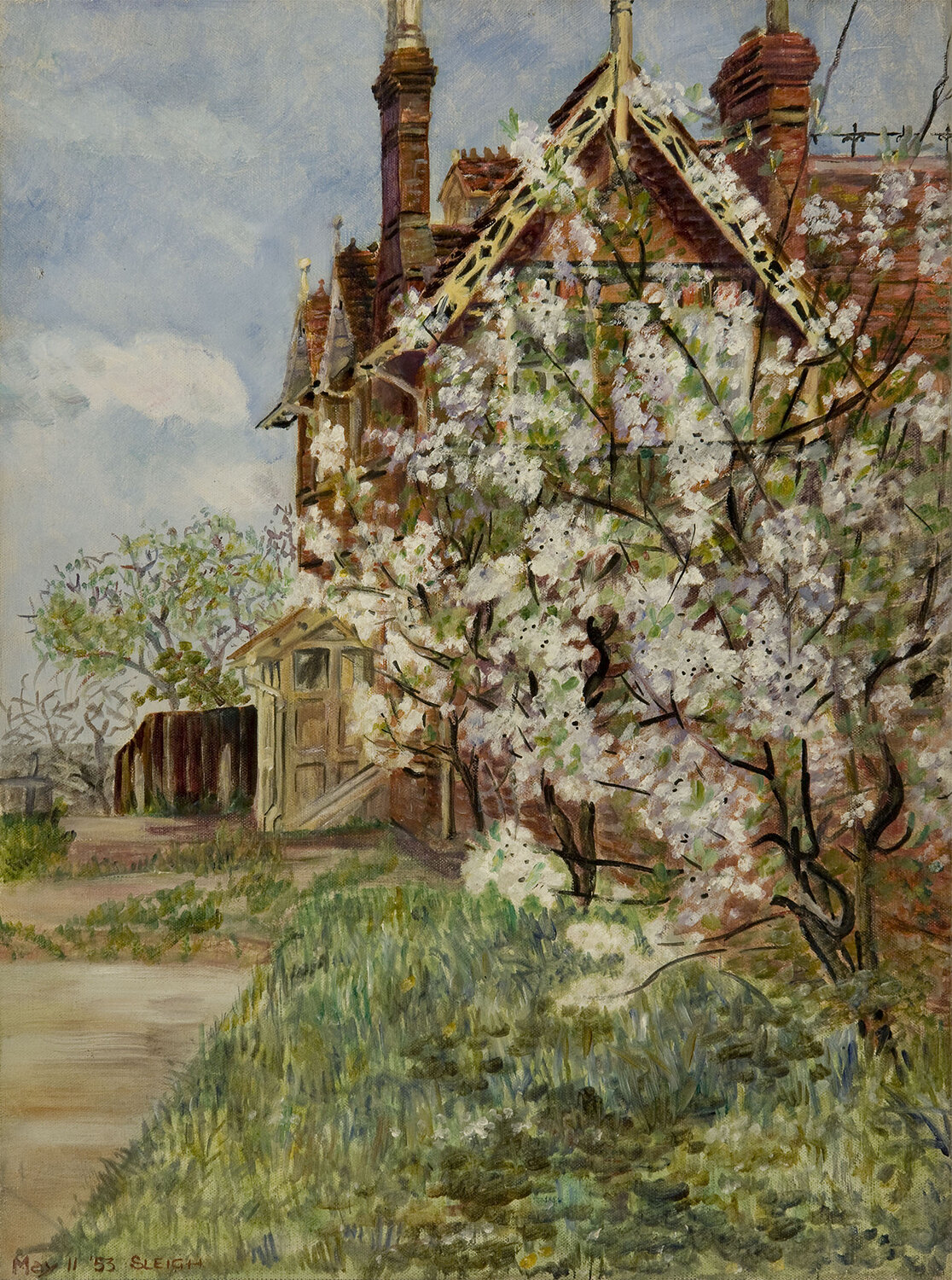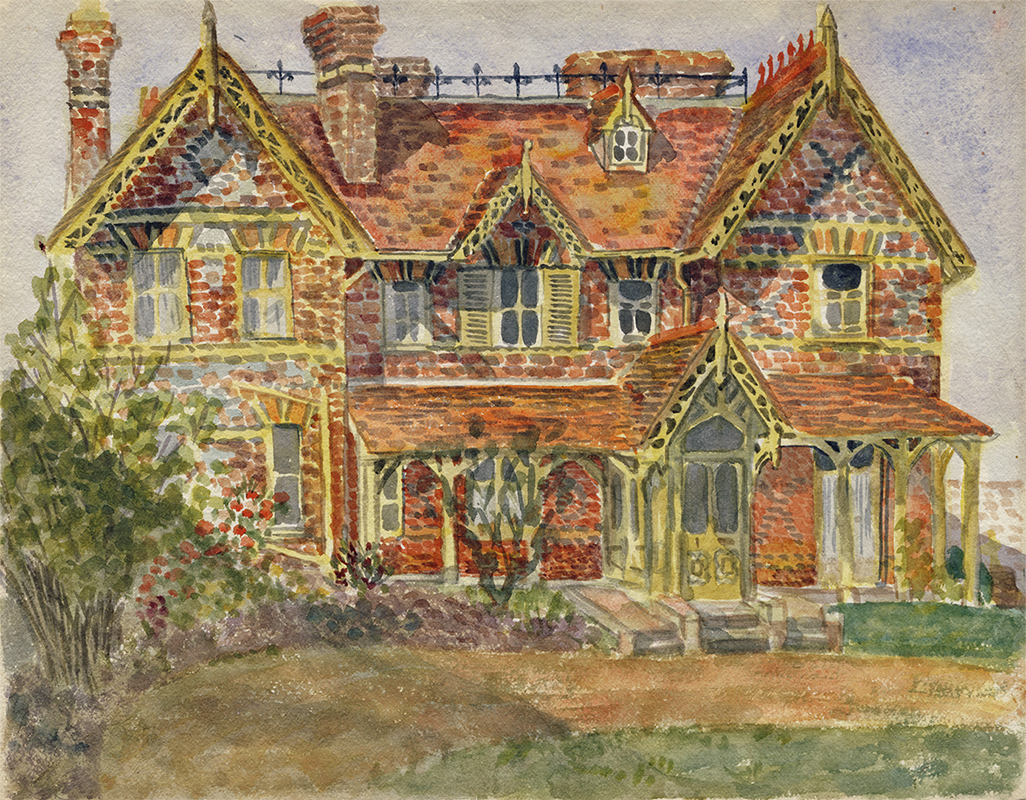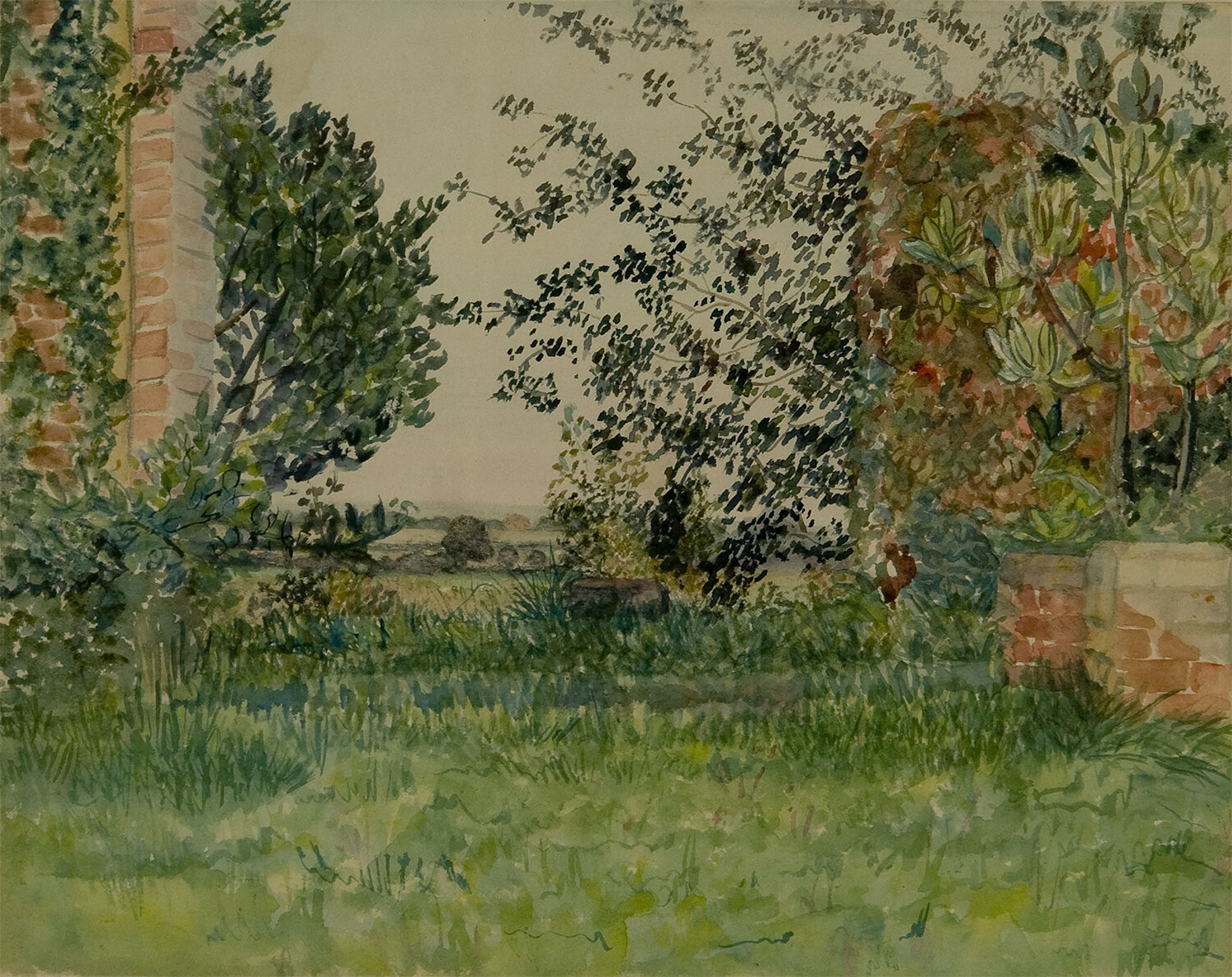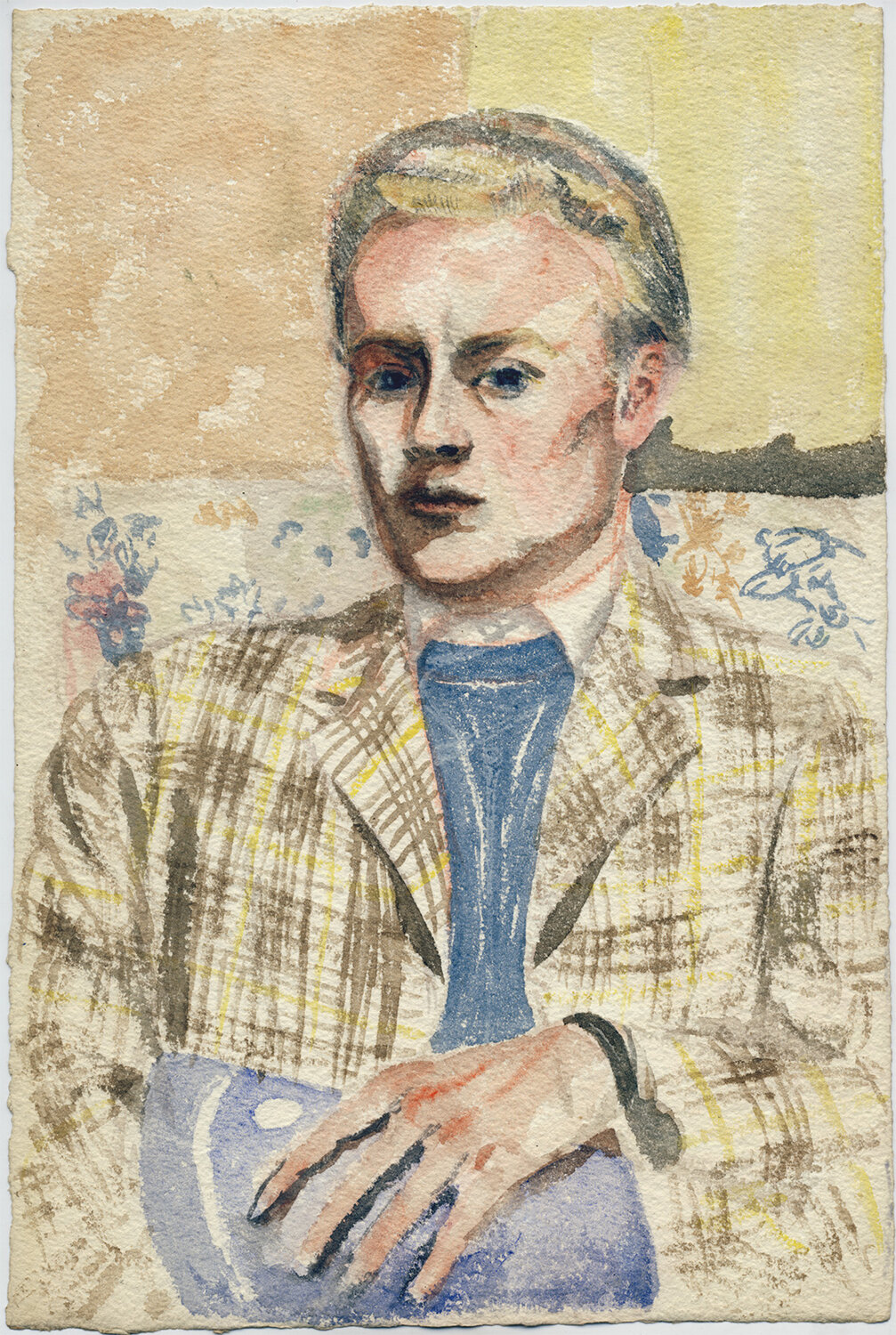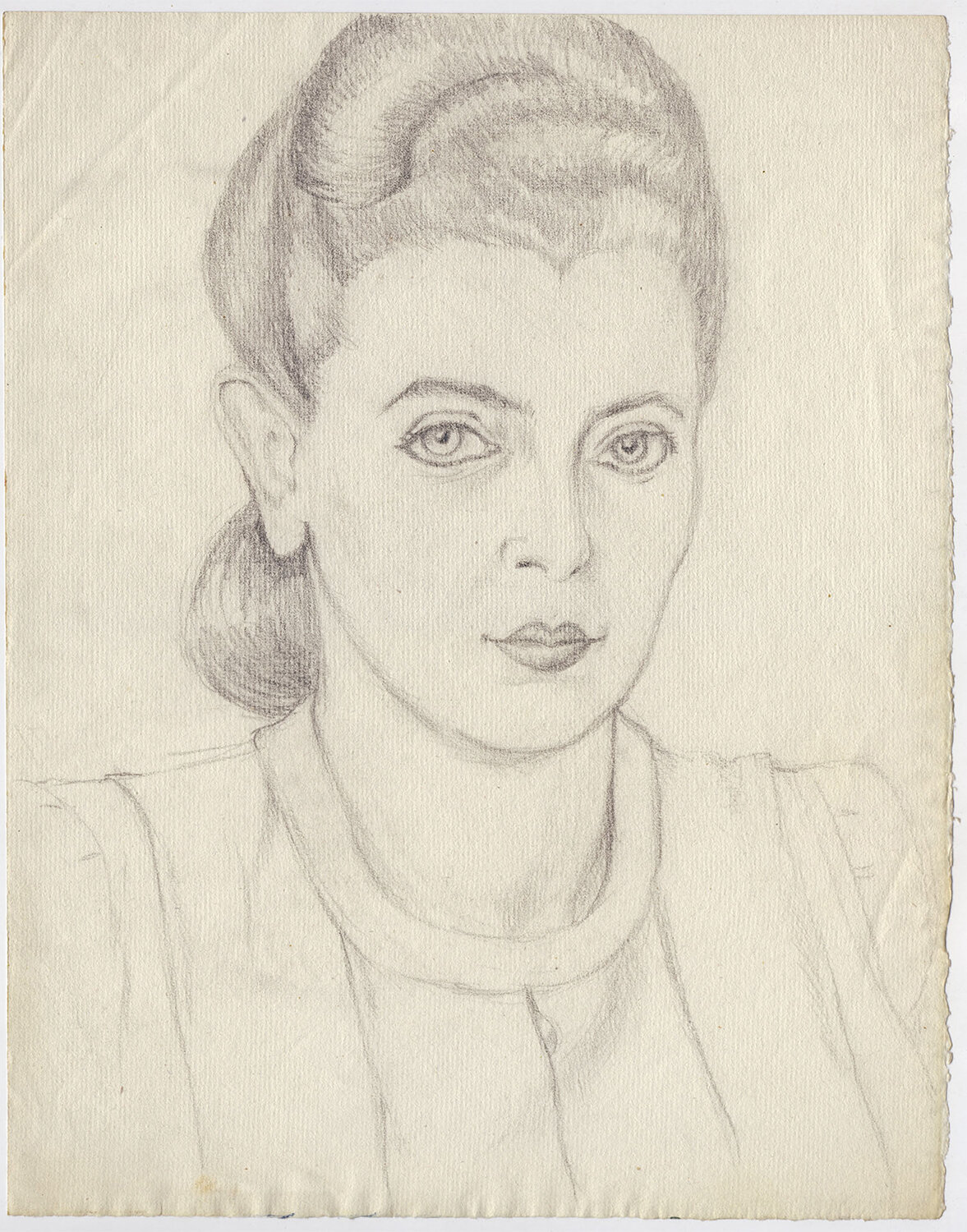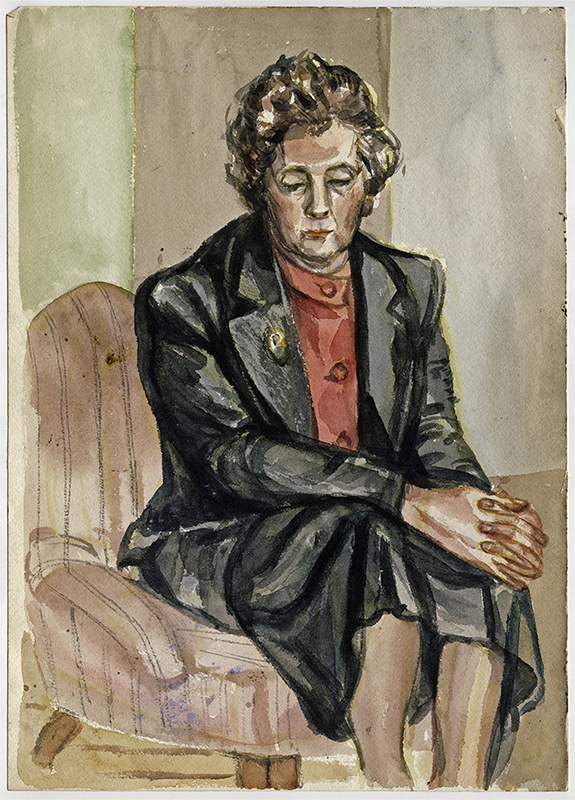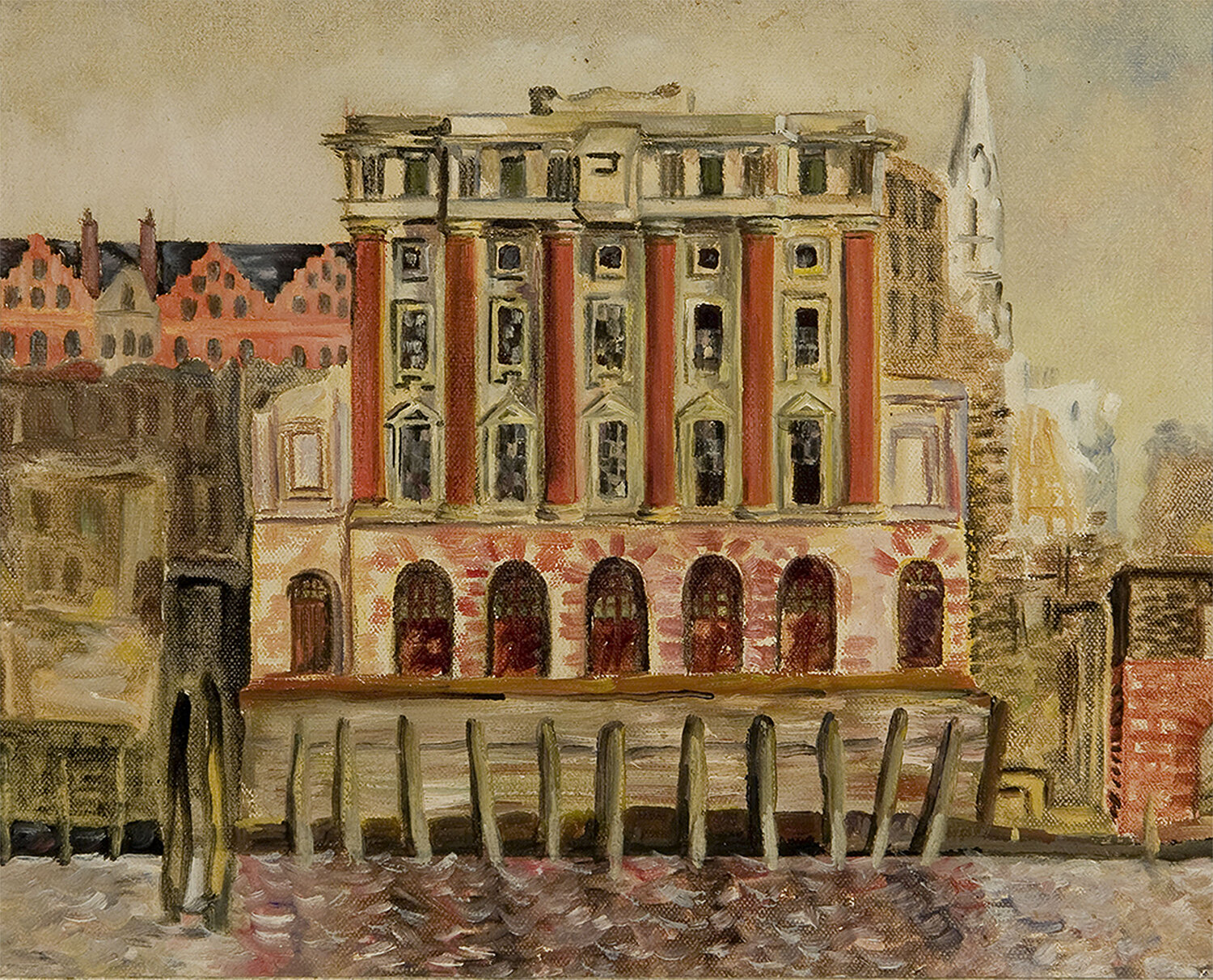THE SYLVIA SLEIGH ENDOWMENT TO PARITY PRODUCTIONS
In 2016, Parity Productions received an unprecedented endowment of artwork by the famed, progressive, Welsh-born artist, Sylvia Sleigh. The sale of these works support Parity’s mission to elevate the voices of women, trans, gender-expansive, and intersex artists in the cultural dialogue of theatre through both our art and advocacy work, by creating opportunities for women, trans, gender-expansive, and intersex theatre artists and empowering a shift toward gender parity in the theatre industry.
While Sylvia Sleigh (1916-2010) was ahead of her time in myriad ways as an artist and an advocate, we acknowledge and recognize that her language reflects a binary understanding of gender. We believe that were she alive today, she would have embraced more inclusive gender language.
At a certain point I realized what my mission was.
And that was to help women, to stress the importance of equality.” - Sylvia Sleigh
SYLVIA SLEIGH IN THE NEWS
Watch an interview with Sylvia Sleigh in which she talks about equality
A clip from an interview with Sylvia Sleigh and other artists about the human figure and artistic process in connection with their work on view in the Smart Museum of Art exhibition "Go Figure". Video by The University of Chicago, images courtesy of I-20 Gallery.
The video is age-restricted, and available for view on YouTube only. Please click the video or link here to watch.
Portrait of Sylvia Sleigh. Photography by Judy Schiller
Sylvia Sleigh was a Realist-feminist painter who emigrated to America in 1961. She was born in Llandudno, Wales in 1916, studying in Sussex, England at the Brighton School of Art. In the 1940s, at art school, she received the harsh advice, "You have no talent. You're just here to waste time until you get married."
She ultimately received grants from the National Endowment for the Arts in 1982 and the Pollock-Krasner Foundation in 1985. Sleigh also was awarded the Edith Kreeger Wolf Distinguished Professorship at Northwestern University, Evanston, Illinois, where she taught. Sleigh also taught at the New School for Social Research in New York City and the State University of New York at Stony Brook. She was married to art critic and Guggenheim Museum (New York) curator Lawrence Alloway.
Sylvia Sleigh had one-person exhibitions at Northwestern University; Bennington College, Vermont; Ohio State University, Columbus; University of Rhode Island, Kingston; Rutgers University, New Brunswick, New Jersey; Fordham University, Bronx, New York; G.W. Einstein Company, New York City; New School for School Research; and a show in 1990 that traveled to Ball State University, Muncie, Indiana; Milwaukee Art Museum, Wisconsin; and Butler Institute of Art, Youngstown, Ohio.
Sleigh died at her New York home in 2010.
From left to right: At the Cafe: Lawrence and Sylvia at Blackheath Park, 1950, Oil on Canvas, Still Life with Decanter, 1941, Elizabeth Stobart, 1941, Oil on Canvas
Sleigh is known for her works that equalized men and women and reversed stereotypical artistic themes by featuring nude men in poses that were traditionally associated with women. A feminist with a sense of verve and humor, Sylvia always enjoyed turning the tables in her work.
From left to right: Morellos at the Back Door, 1953, Oil on Canvas; The Rectory, Pett, Sussex, c. 1949, Watercolor on Paper; The Rectory Terrace, Looking East, c. 1952-53, Watercolor on Paper
A frequent inspiration and subject for her work was her beloved husband, Lawrence Alloway, a provocative British-American art critic and curator of the mid-twentieth century, whose writings significantly impacted the trajectory of postwar American art and its consumption by the public. Sylvia was a strong influence on his writing and is partially credited for the fact that Alloway was one of the first male art critics to make a point of reviewing works by women, especially feminist works, though he never wrote on his wife’s work. An ardent fan of his wife’s art, Lawrence sat for dozens of Sylvia’s paintings and drawings, some of which are part of the endowment to Parity Productions.
Sleigh’s works have been shown all over the world and hang in the National Portrait Gallery in London, The Art Institute of Chicago and other major museums across the United States.
The Bridge: Johanna Lawrence, 1963, Oil on Canvas
Left to Right: Bust Portrait of a Woman, Undated, Graphite on Laid Paper, Portrait of a Seated Woman, 1958, Watercolor on Paper; Red Lion Brewery, 1950, Oil on Canvas, Framed, 7 1/2 in x 10 in



